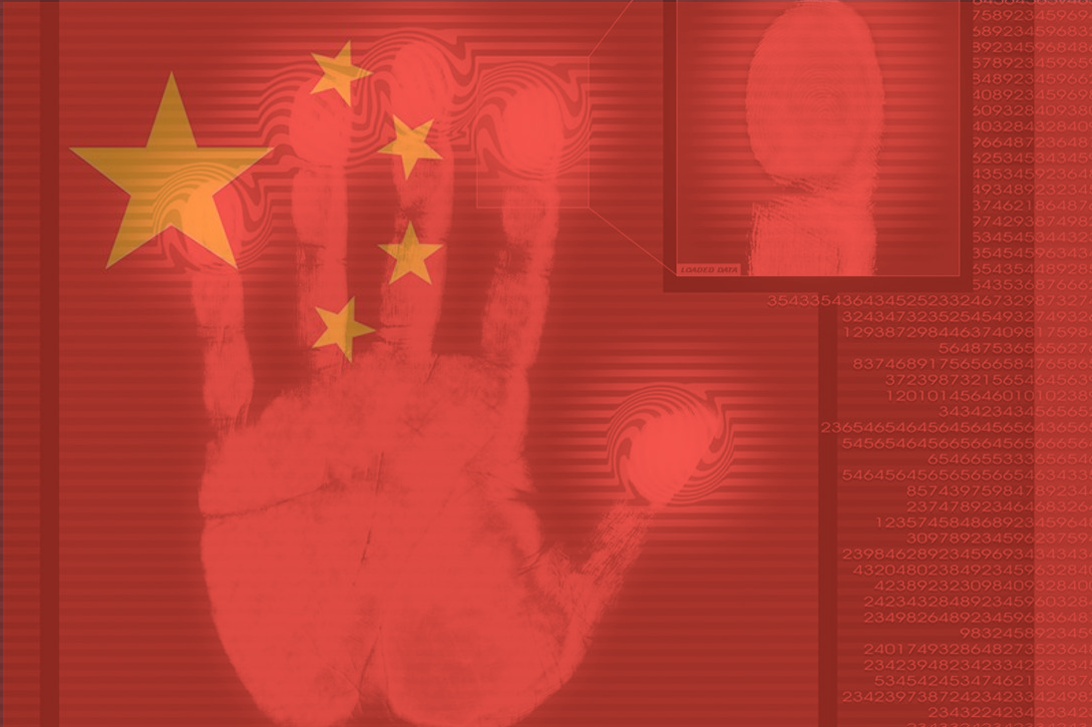
Tencent has crossed a new frontier in biometric data recognition by making palm payments available at Beijing's airport express metro line stations for WeChat Pay users.
Passengers can register by having their hand scanned by a designated machine. They can then pay for rides by holding their hand just above a scanner at participating metro turnstiles.
The technology was developed by YouTu, Tencent’s artificial intelligence labs. It reads surface-level palm prints and hand veins to recognize user identities, after which it deducts the payment from their WeChat Pay personal account.
WeChat Pay’s parent company says its primary goal with palm recognition is to “improve efficiency and greatly simplify the user experience; we are making new technology more user-friendly for the elderly and accessible to people with disabilities,”
According to the South China Morning Post, the service has been available since May 28.
Rumors that Tencent was experimenting with palm recognition technology arose in September 2021, but it was not until a year later that the company started publicly testing the technology. In the Chinese megacities of Shenzhen and Guangzhou, WeChat users were offered a soda for 1 cent in return for their collaboration in the palm project. Confirmation that the project would launch soon came in 2022 when the multimedia giant trademarked the brands “WePalm” and “WeChat Palm Scan”.
With this latest development, WeChat Pay positions itself at the forefront of the technological race with its competitor, Alipay by Alibaba. The two payment services are ubiquitously adopted by vendors and buyers alike, together dominating 80% of all mobile payments in the country. According to local news, Alibaba is preparing to launch similar technology soon.
Adoption of biometric data, such as eyeballs, fingertips and face, has been on the rise in the Asia Pacific region, according to Mastercard’s annual New Payments Index (NPI) from 2022. Given Tencent’s plans to make the technology available in other commercial sites such as campuses, restaurants, and supermarkets all over China, the trend will likely accelerate.
But just because palm-face recognition can be made available to WeChat’s 1.3 billion monthly active users doesn’t mean people will use it, as privacy concerns remain a top issue amongst prospective users.
NPI report found that 72% of people were worried about who could use their biometric information. Concerns regarding the lack of transparency with which private companies retain user data and use it for profit are only topped by those of the government using biometric data to increase state surveillance.
In a statement to MIT tech review, Martin Chorzempa, a senior fellow at the Peterson Institute for International Economics, reminded us how QR codes evolved from an efficiency-increasing mechanism to a mechanism of state control.
“The thing that I’d worry about is, we’ve seen how QR codes have gone from something that generates a lot of financial freedom for the Chinese, to something that you have to scan anytime you go anywhere so the government can lock you down for covid controls,”
There is also the issue of data security. Hackers can find their way into the most secure of all databases, and while passwords and pin codes can be deleted, the same doesn’t happen for the palm of a person’s hand, eyeball, or fingertip.
Albert Fox Cahn, executive director of the Surveillance Technology Oversight Project (STOP), warns that “to potentially save a couple of minutes in line,” people are risking “their biometric privacy for the rest of their lives.”
Is it worth it?
In matters of convenience, the current digital payments options already satisfies most users’ demands. In a 2022 study on digital payments, 95.7% of Chinese users elected QR codes as their primary payment method.
Regarding efficiency, it is hard to see who palm-payments benefit. When in 2020 Amazon introduced its palm-recognition payment system, Amazon One, in Whole Foods stores, it cut workforce numbers, thereby improving its own cost efficiency. However, the solution was less optimal for customers, as all non-payment-related cashiers functions were also passed on to them.
But not everybody is so negative about it.
David Zhang, a leading scholar in palm-print recognition at the Chinese University of Hong Kong, admits he is “excited” about the technology application. He and his research team found that palm scanning was ten times more precise than fingerprints or faces.
Palms are easier to distinguish, harder to attain without consent, and harder to recognize than faces or fingertips. As such, Tencent’s new tech gathers several enthusiasts who believe this to be an essential breakthrough in biometric data collection.

